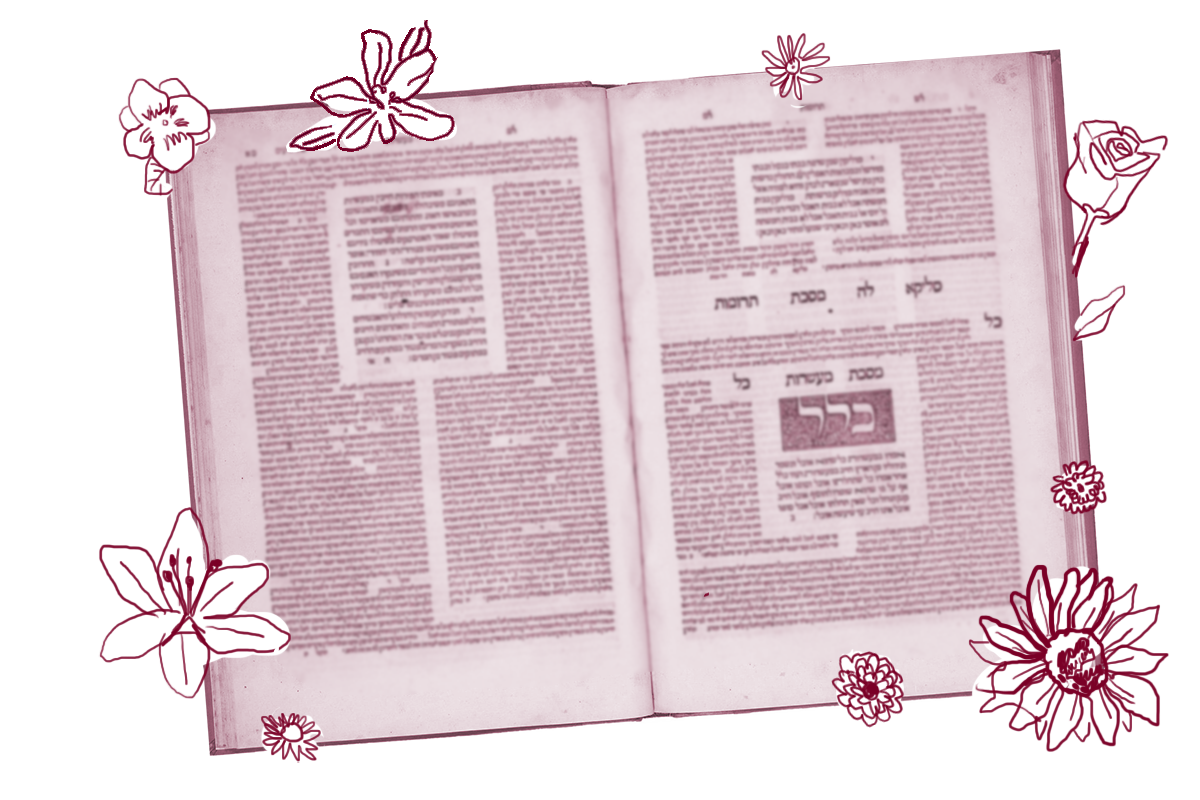Today’s daf tells us the story of a remarkable woman named Kimchit:
The sages taught: Kimchit had seven sons, and they all served in the office of the high priesthood. The sages said to her: What good deeds did you perform to merit this? She said to them: In all my days, the beams of my house never saw the braids of my hair.
Kimchit was so modest that she covered her hair even within her own house, even while sleeping and bathing!
I can’t tell you how many times my teachers told my class the story of Kimchit when I was a young woman at a Jewish day school. The talmudic tale of a woman whose extreme modesty was rewarded by having all seven of her sons serve as high priests in the Temple was held up as a model for our own modesty, and a reminder of a mother’s power to shape her children’s lives, not only biologically but through her continued actions.
With your help, My Jewish Learning can provide endless opportunities for learning, connection and discovery.
And yet, when I read today’s daf in preparation for writing this piece, for the first time I noticed the ending:
They (the sages) said to her: Many women did so and did not accomplish (this).
The story concludes with the rabbis dismissing Kimchit’s own explanation for her sons’ successes!
Versions of the story of Kimchit appear in both the Babylonian Talmud and the Jerusalem Talmud (Yoma 5a). Dr. Marjorie Lehman has pointed out key differences between the two versions. The Jerusalem Talmud’s version ends by connecting Kimchit to Psalm 45:14, traditionally translated “All glorious is the king’s daughter within the palace ” and frequently used as a biblical model for women’s modest behavior. This version is filled with glowing praise of Kimchit’s actions and their effects on her sons’ professional and spiritual success.
The Babylonian Talmud doesn’t quote this verse at all, and instead ends, as noted above, by challenging Kimchit’s explanation. This ending can be read as a rejection of the idea that women’s extreme modesty is beneficial to their children. But it also undermines Kimchit’s sense of her own agency in setting her children up for success. And indeed, modern commentator Adin Steinsaltz takes this explanation and runs with it, adding that Kimchit’s sons’ success was a special gift from God, without attributing it to any of her actions or attitudes.
We don’t know if this talmudic story contains a history kernel of something that actually happened hundreds of years earlier when the Temple stood. It is certainly clear from reading both versions of the story that the rabbis of Roman Palestine and Sasanian Babylonia shaped this story in different ways to make larger and divergent points. Did Kimchit exist? And was her modesty actually exceptional? We may never know. But we can know that different rabbis in the Land of Israel and Babylonia used this story to think through bigger questions of women’s modesty, agency and parenting. Who gets to tell women’s stories? How much do each of us shape our families? These questions are still with us today.
Read all of Yoma 47 on Sefaria.
This piece originally appeared in a My Jewish Learning Daf Yomi email newsletter sent on May 28th, 2021. If you are interested in receiving the newsletter, sign up here.



